Your Coffee Habit Can Supercharge Your Garden (and Home). Here’s How.
For as long as I’ve been working with soil, I’ve had a secret weapon in my toolkit: a simple bucket of used coffee grounds. While most people see them as trash, I’ve always seen them as black gold. I’ve been hauling away this “waste” from local coffee shops for years, using it to solve all sorts of problems in my clients’ gardens and my own half-acre plot.
In this article
But here’s the deal: just tossing them on your plants isn’t the best idea. In fact, a lot of the advice you see online can backfire if you don’t understand what you’re working with. After years of hands-on work and, yes, a few educational mistakes, I want to share what actually works.
By the way, you don’t even need a garden to get started. Here’s a quick win you can try today: spread a handful of used grounds on a plate to dry out completely. Tonight, stick them in your stinky gym shoes or a musty closet. You’ll be pretty amazed by the difference in the morning. It’s a perfect example of turning trash into treasure.
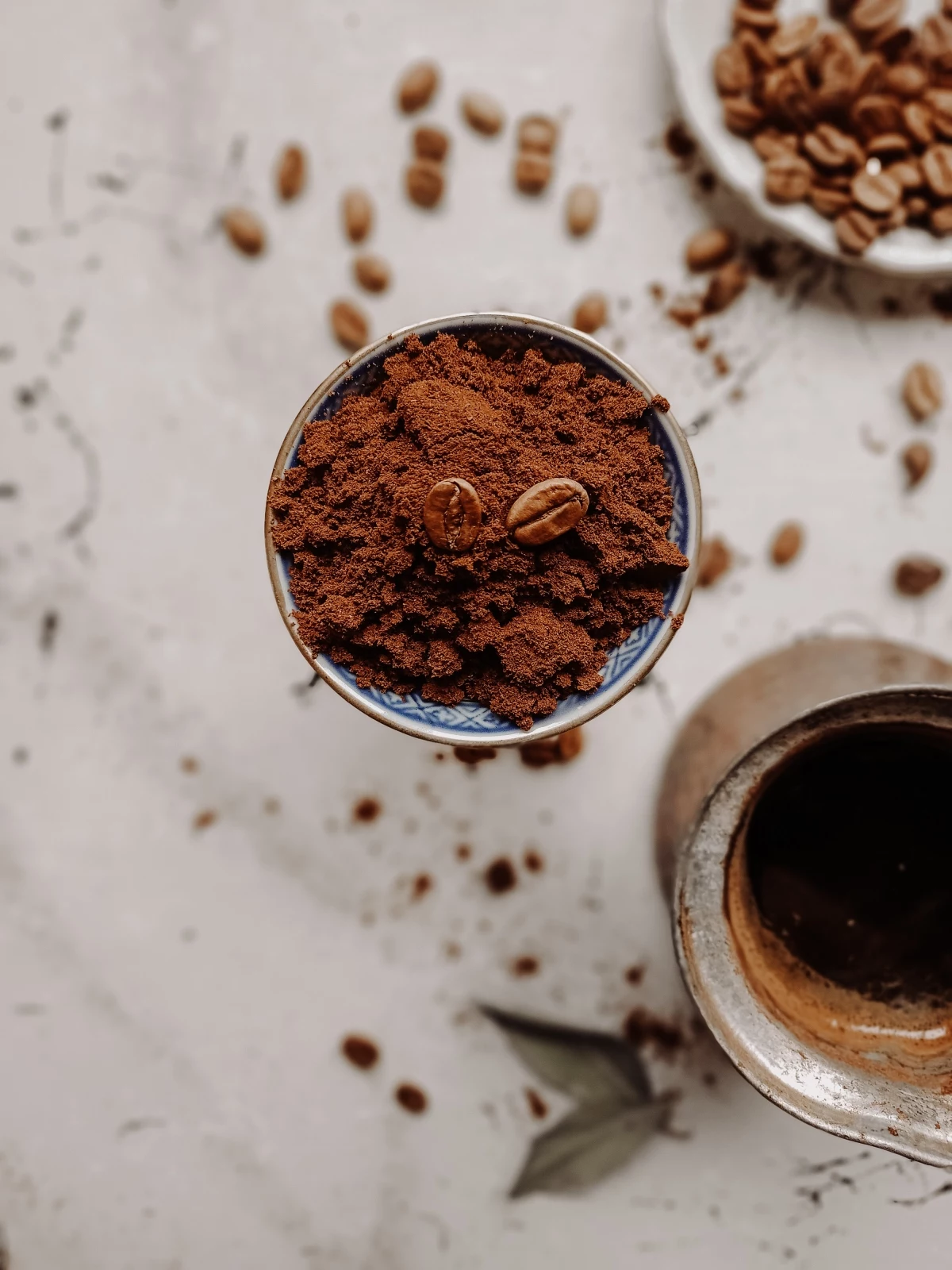
The Real Deal: What You Need to Know About Coffee Grounds
Before we get into the fun stuff, let’s quickly cover what these grounds are actually made of. Knowing this is the key to getting great results instead of creating new problems.
The Great Acidity Myth
Let’s clear this up first. Everyone seems to think coffee grounds are highly acidic. That’s only half-true. Fresh, unbrewed grounds? Yes, they’re acidic. But the brewing process is key—most of the acid is water-soluble, meaning it ends up in your morning cup, not in the filter.
I’ve tested countless batches over the years, and used grounds are almost always nearly neutral, with a pH between 6.5 and 6.9. That’s a fantastic range for most garden plants. So, dumping them on your hydrangeas hoping for blue flowers won’t do much. You’ll still need proper soil amendments like elemental sulfur for that kind of change.
Nutrient Power: A Slow-Cooker Meal for Your Soil
Grounds are famous for their nitrogen content, which is about 2% by volume. They also have a little phosphorus and potassium. But here’s the critical part: that nitrogen isn’t immediately available. It’s locked up in organic compounds.
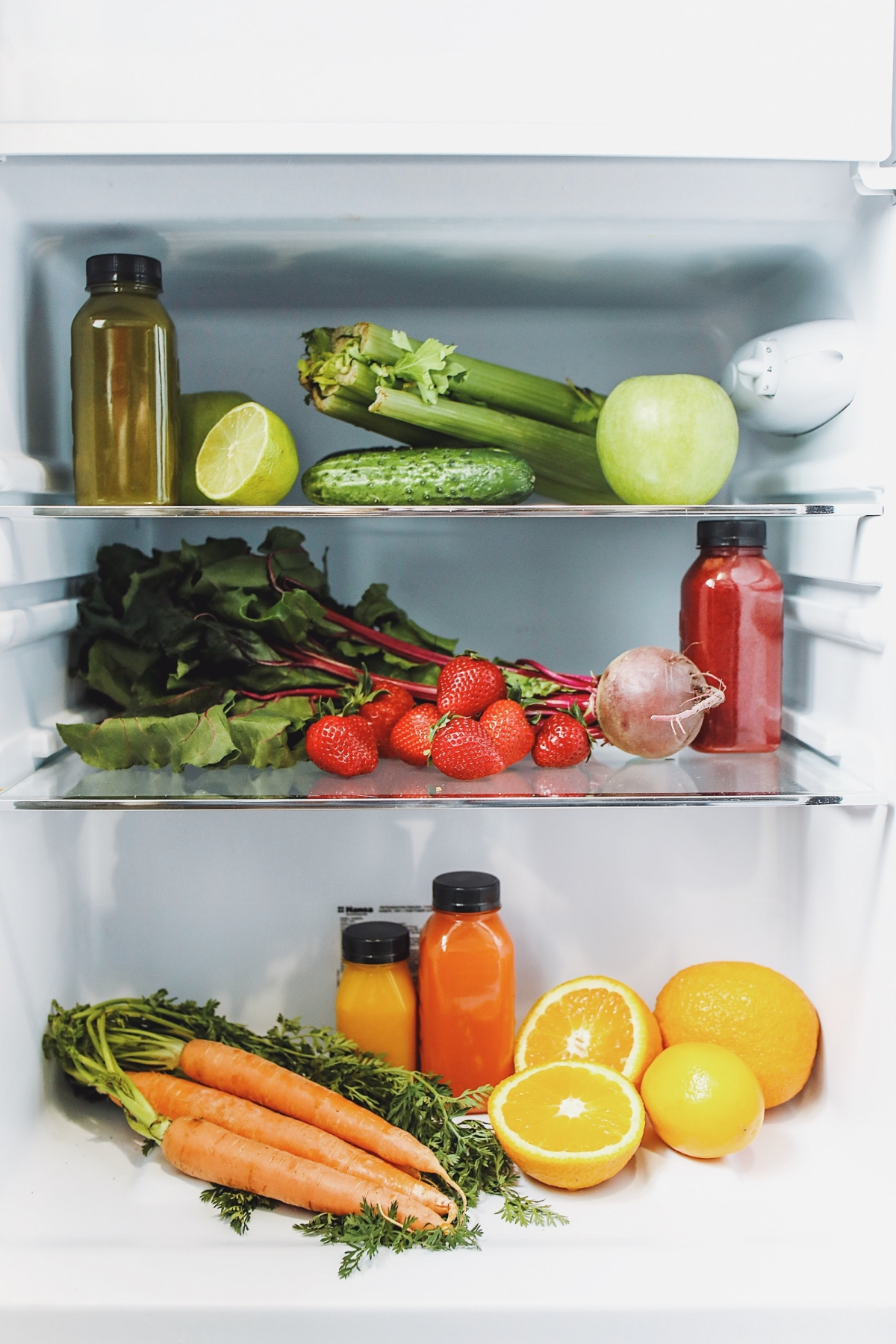
Think of it like a complex, slow-cooker meal for your soil, not a fast-food snack. Tiny microbes in the soil need to break down the grounds first to release the nutrients. This is actually a huge benefit. It provides a steady, slow-release food source that encourages strong, healthy growth over months, avoiding the weak, sudden spurt you get from some chemical fertilizers.
The Composter’s Secret: That C:N Ratio
In composting, we’re always trying to balance “greens” (nitrogen-rich stuff) and “browns” (carbon-rich stuff). Despite being brown, coffee grounds are a “green” material. Their carbon-to-nitrogen ratio is around 24:1, which is the sweet spot for firing up a hot, fast-working compost pile. Honestly, understanding this is one of the biggest keys to successful composting.
A Warning on Texture
Heads up! The physical structure of coffee grounds can be a double-edged sword. The particles are very fine and dense. When you spread them in a thick layer on top of your soil, they can lock together and form a crust that repels water. I’ve seen it happen—a well-meaning gardener creates a waterproof barrier, and the soil underneath ends up bone dry even after a heavy rain.
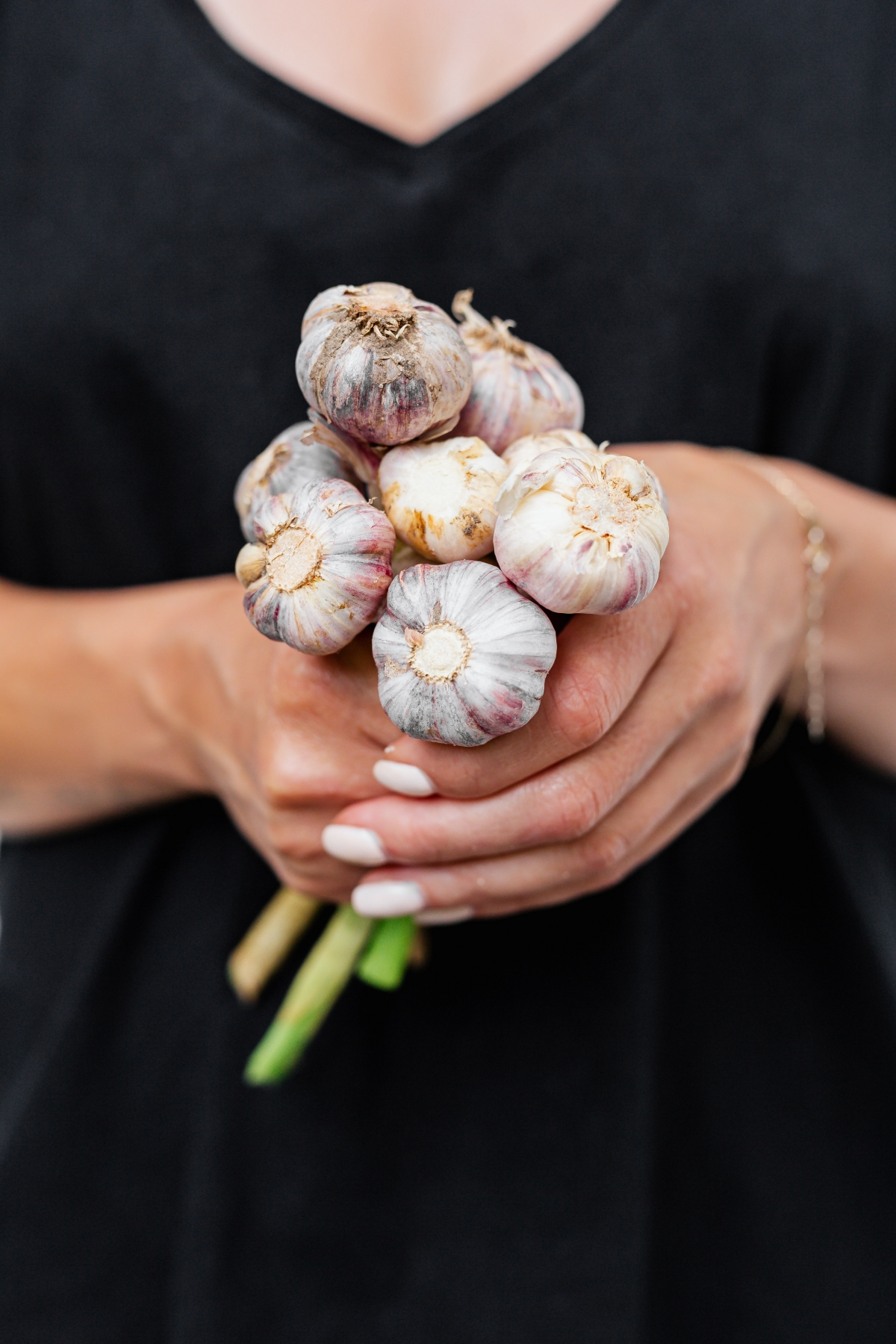
Putting Coffee Grounds to Work in the Garden
Okay, with the science out of the way, let’s talk about the best, safest ways to use this stuff outside.
The Gold Standard: Your Compost Pile
Without a doubt, adding grounds to your compost is the best and safest use. Composting solves all the potential issues: it makes the nitrogen available, gets rid of any minor pH weirdness, and completely eliminates the risk of that waterproof crust forming.
Here’s how the pros do it:
- Treat ’em like a Green: Remember, they’re a nitrogen source. You need to balance them with carbon-rich “browns” like dried leaves, shredded cardboard, or sawdust. A great rule of thumb to avoid overthinking it: for every 5-gallon bucket of brown leaves you add, toss in about one large coffee can’s worth of grounds.
- Don’t Overdo It: Grounds should never be more than about 20-25% of your total pile. More is not better. I once saw an apprentice dump a whole 5-gallon bucket of wet grounds into the middle of a new pile. A week later, we had a slimy, stinking, airless mess that I had to spend an hour fixing with a pitchfork. Lesson learned.
- Mix, Mix, Mix: Don’t just dump them in as a single layer. Sprinkle them in and mix them with other materials as you build your pile to keep things aerated and decomposing evenly.
A good compost pile with coffee grounds will get noticeably warm, which is a sign it’s working fast. A well-managed pile can give you usable, rich compost in as little as 3-4 months.
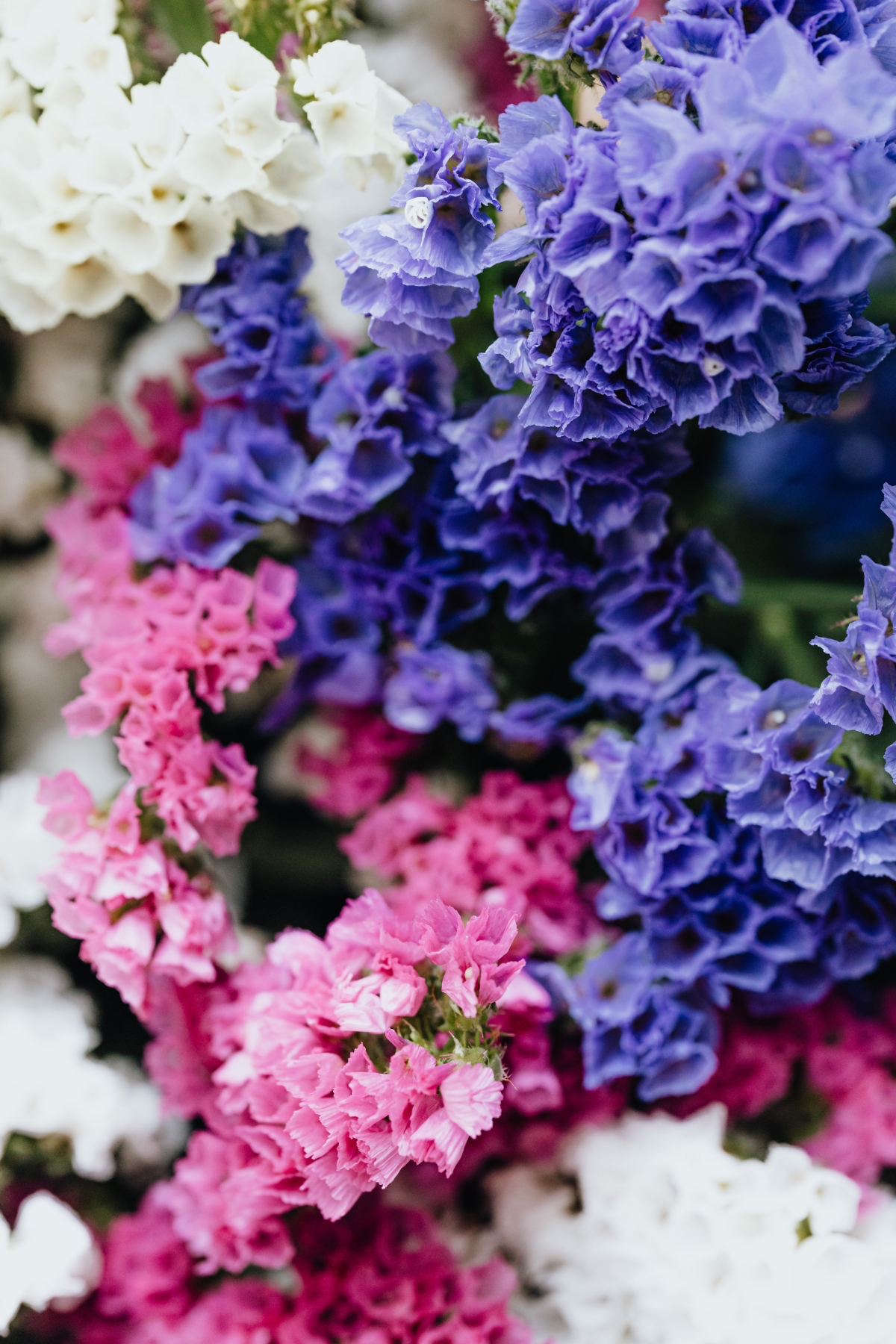
Applying Directly to Soil (Handle with Care!)
A lot of people do this, but it’s where most mistakes are made. If you want to apply grounds directly, you have to be careful.
- Spread Thinly: Never apply a layer thicker than a half-inch. A light dusting is all you need.
- Work It In: Immediately after spreading, use a little hand rake to scratch the grounds into the top inch or two of soil. This is crucial for preventing that water-resistant crust.
- A Better Way: The safest method is to pre-mix the grounds with another material. A 50/50 blend with finished compost or leaf mold is perfect. It dilutes the grounds and adds a dose of healthy microbes at the same time.
Good to know: Some research suggests that raw coffee grounds can inhibit the germination of small seeds like carrots or lettuce. So while they’re great for established plants, I always avoid using them in my seed-starting mix or on newly seeded beds.
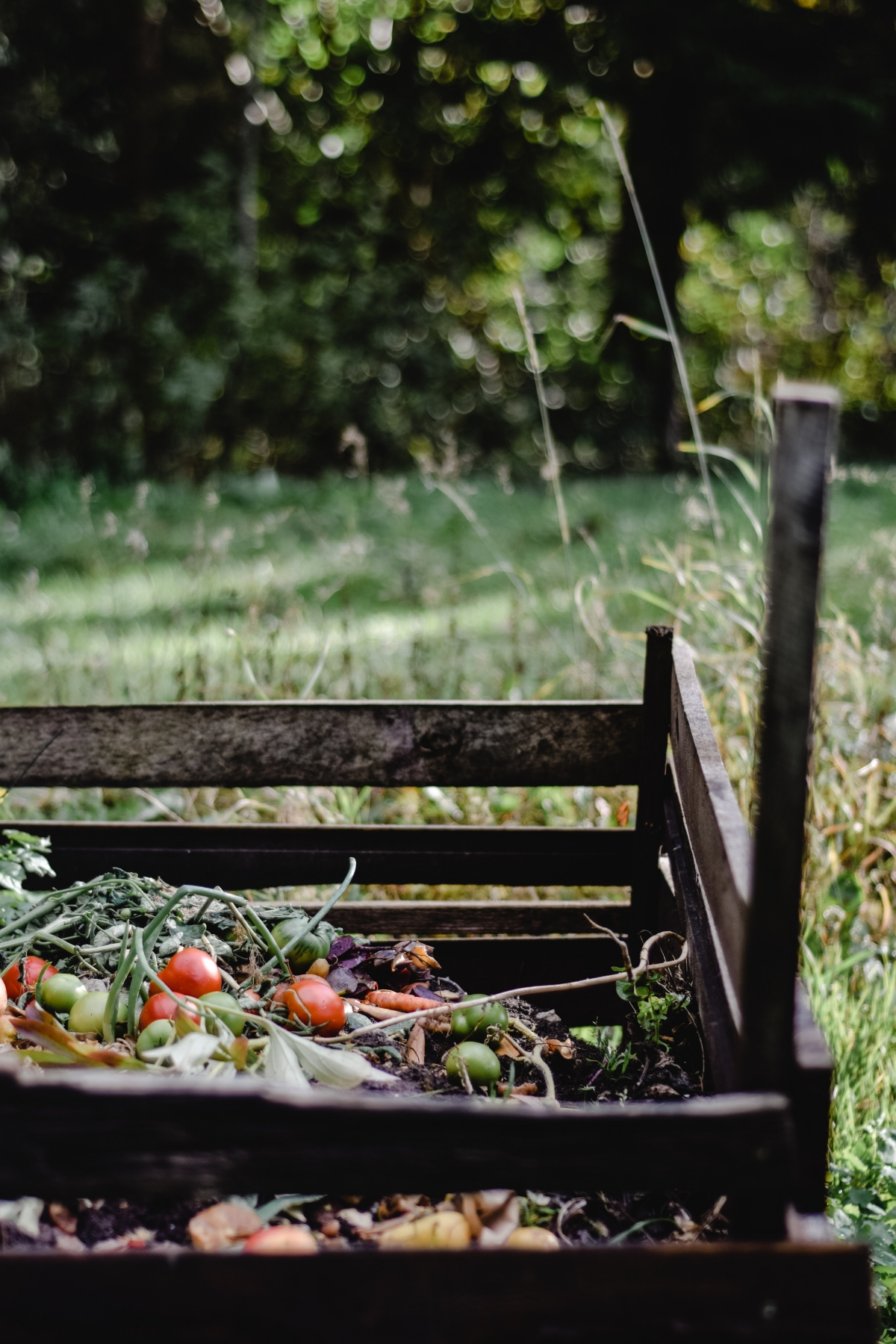
Worms Love Them (In Moderation)
If you have a worm bin (vermicomposter), your worms will go absolutely nuts for coffee grounds. But just like with composting, moderation is key. A handful or two per week for a standard-sized bin is plenty. Always let them cool completely and mix them with some shredded newspaper to prevent them from clumping up.
Pest Control: Fact vs. Fiction
So what about all the claims that grounds repel pests? Here’s what I’ve seen in the real world.
- Slugs and Snails: The verdict here is mostly fiction. While they might not love it, a determined slug will slime its way right over a coffee ground barrier. For serious slug control, you’re much better off with a ring of diatomaceous earth (a bag usually costs $15-$25 at garden centers and will last you ages).
- Neighborhood Cats: This one is plausible. Some cats really dislike the smell and will stop using your garden bed as a litter box. Others don’t seem to care. It costs nothing to try, but it’s not a guaranteed fix.
- Fungal Diseases: This is actually a fact, but it’s an indirect benefit. The microbes that break down coffee grounds can outcompete some nasty fungal diseases in the soil. You get this benefit from using coffee-rich compost, not from sprinkling raw grounds around.
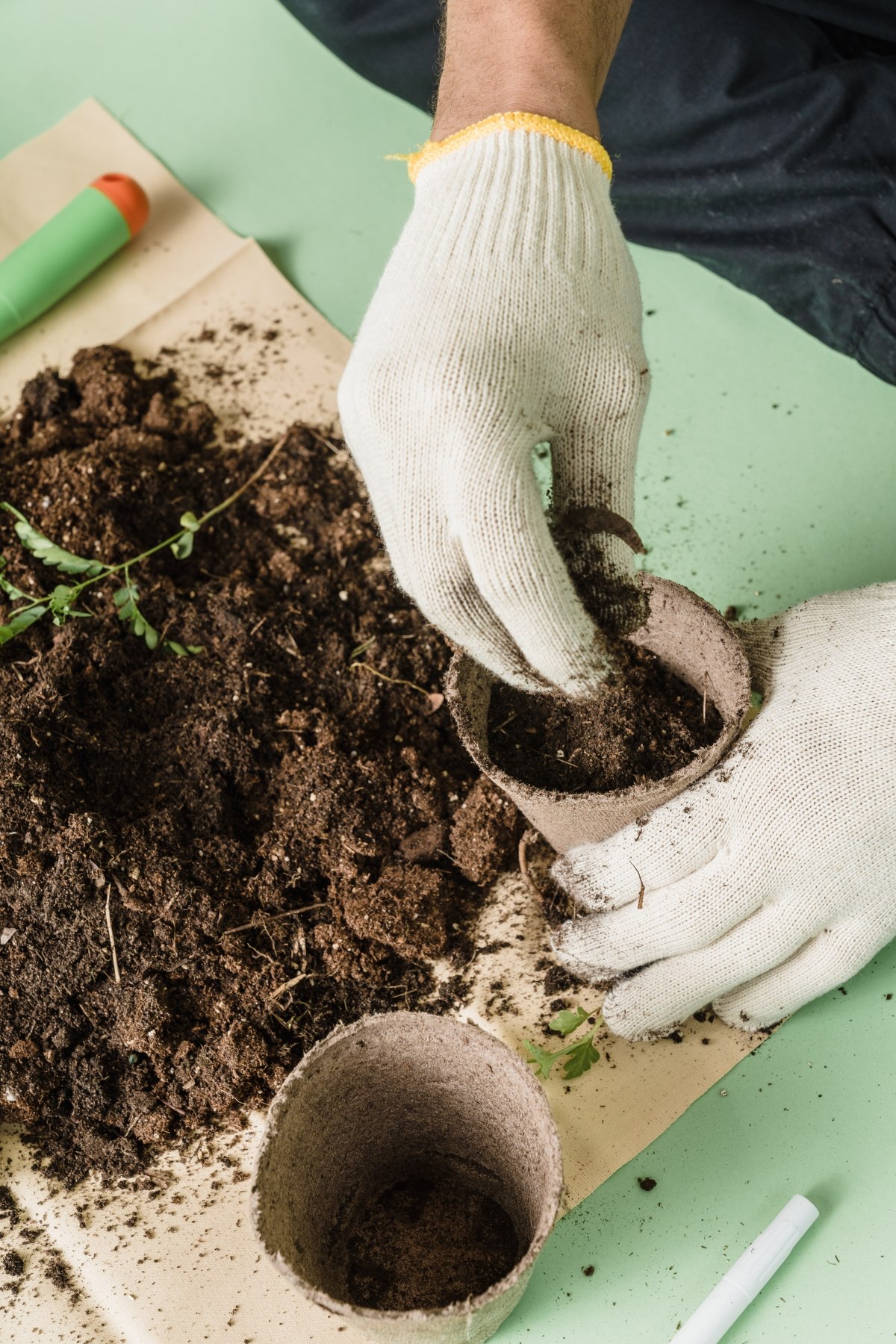
Smart and Practical Uses Around the House
The usefulness of coffee grounds doesn’t stop at the garden gate. Once dried, their absorbent and abrasive properties are great for a few household tasks.
Natural Odor Absorber
The key here is that the grounds must be BONE DRY. Wet grounds will just get moldy. Spread them on a baking sheet to air dry for a couple of days, or pop them in a low oven (around 170°F or 75°C) for 20-30 minutes. Once dry, put them in a small bowl in the fridge, freezer, or a musty pantry. They work a lot like baking soda, but they’re free!
Abrasive Cleaner for Tough Jobs
The gritty texture is fantastic for cutting through grime on durable surfaces. I use a paste of grounds and a little dish soap to scrub greasy tools and cast-iron skillets. It works like a charm.
A HUGE word of warning: Never, ever use this on delicate or porous surfaces. I once consulted for a homeowner who tried to scrub a wine stain out of a marble countertop with coffee grounds. It was a disaster. The grounds scratched the marble and stained it brown, requiring a costly professional repair. Stick to cast iron, stainless steel sinks, and grills.
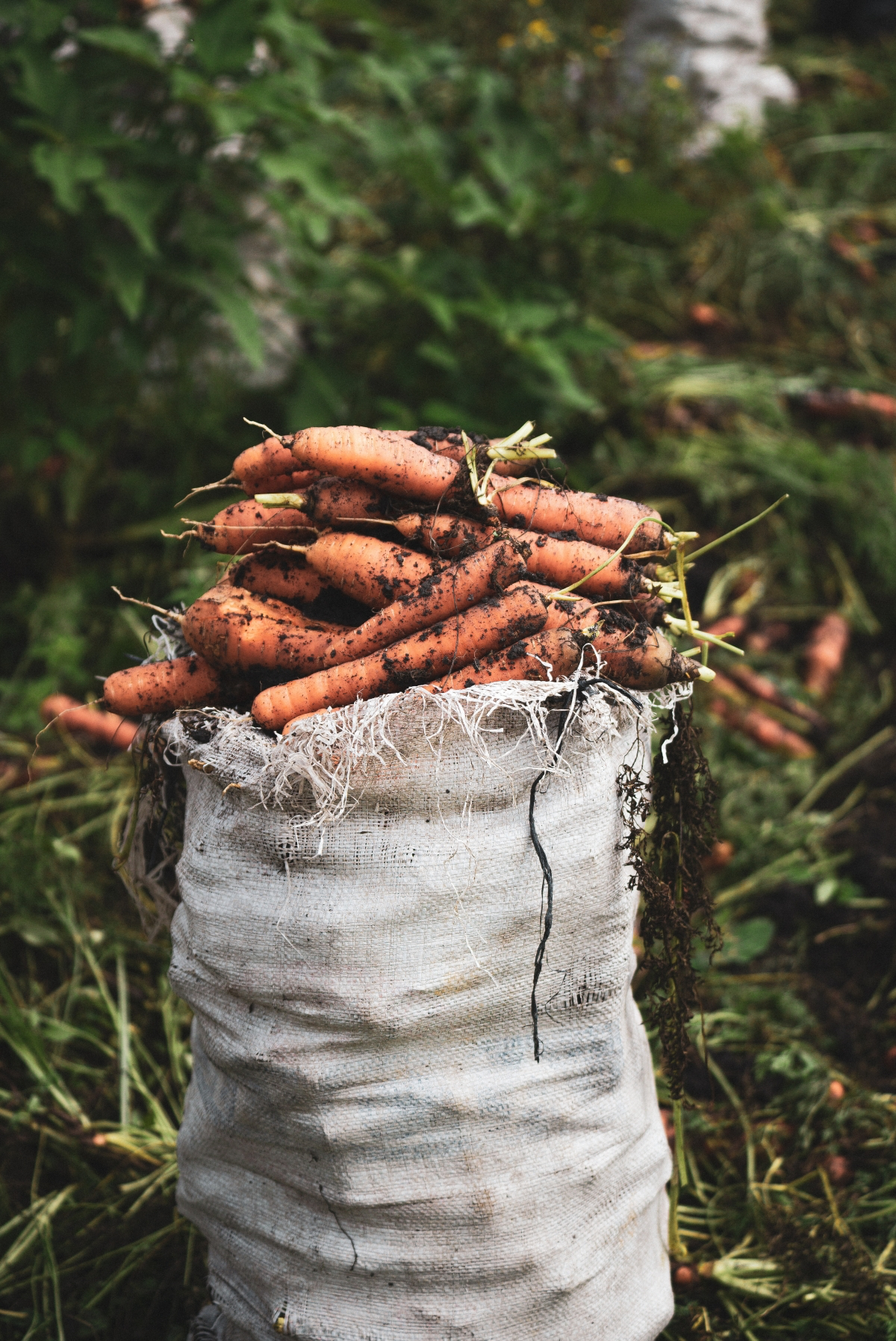
Cosmetic Fix for Scratched Dark Wood
This is a classic old-school trick. A while back, my kid dragged a toy across our dark wood end table, leaving a glaring white scratch that screamed at me every time I walked by. I made a thick paste of damp grounds and a little olive oil, rubbed it into the scratch with a cotton swab, let it sit for ten minutes, and buffed it off. The result? The glaring white line became a dark line that I have to actually look for to notice. It’s a cosmetic fix for minor scratches on DARK wood only, not a deep repair.
The Really Important Stuff: Sourcing, Safety, and FAQs
A few final thoughts before you get started.
Sourcing and Storing
Most local, non-chain coffee shops are happy to give you their used grounds to save on trash fees. A pro-tip: call them in the morning and ask them to set a bag aside for you. It saves you a wasted trip. Bring your own 5-gallon bucket with a lid. To store them, either freeze them in bags or dry them out completely.

Critical Safety Warnings
- Mold is the Enemy: Wet grounds will grow mold in just a couple of days. If they get moldy, toss them in a hot compost pile only—don’t use them indoors or on your worm bin.
- Pet Safety: Caffeine is toxic to dogs and cats. While used grounds have less caffeine, a large amount can still make them sick. Keep your pets away from fresh piles and make sure your compost bin is secure.
- Protect Your Plumbing: Please, don’t wash grounds down the sink. They don’t dissolve and love to mix with grease to form stubborn clogs. I’ve heard this directly from plumbers. Scrape them into your compost bucket instead.
Frequently Asked Questions
Do decaf grounds work?
Yep, perfectly! They have all the same great nutrients and organic matter, just without the caffeine. The microbes and worms don’t mind one bit.
What about grounds from K-Cups or other pods?
Absolutely. It just takes an extra second to pop open the pod and dump the grounds into your collection bucket. The grounds are just as good. Just be sure to recycle the empty pod if you can.
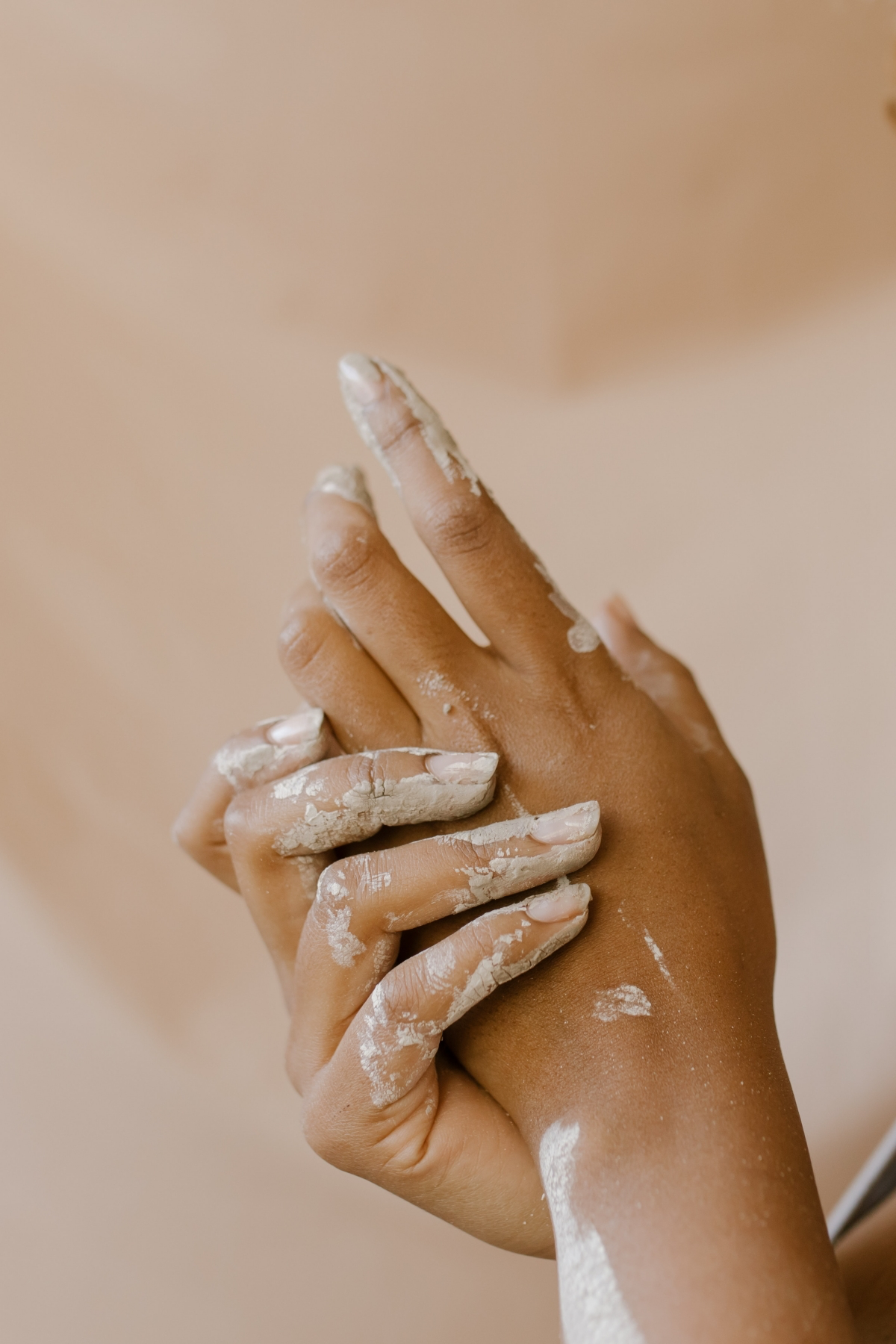
So, how do grounds compare to regular compost or manure?
Think of grounds as a powerful ingredient or a booster, not a complete meal. Finished compost or aged manure are balanced soil conditioners full of diverse nutrients. Coffee grounds are a fantastic nitrogen additive that makes your compost work better and faster. They’re part of a healthy soil diet, not the whole thing.
So there you have it. The humble coffee ground is a perfect example of turning everyday waste into a valuable resource. Start by adding them to your compost pile, experiment carefully, and you’ll never look at your morning coffee ritual the same way again.
Galerie d’inspiration
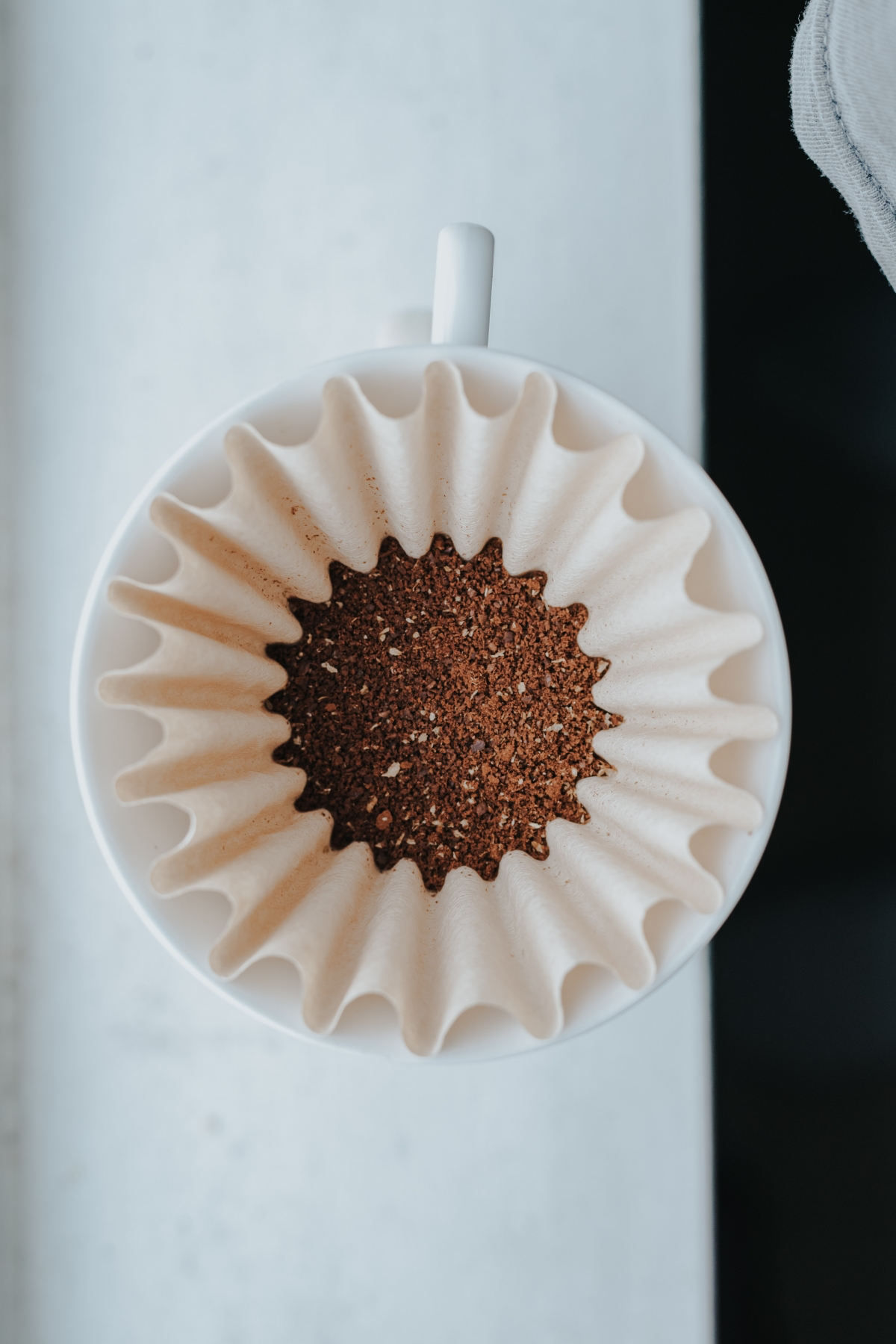
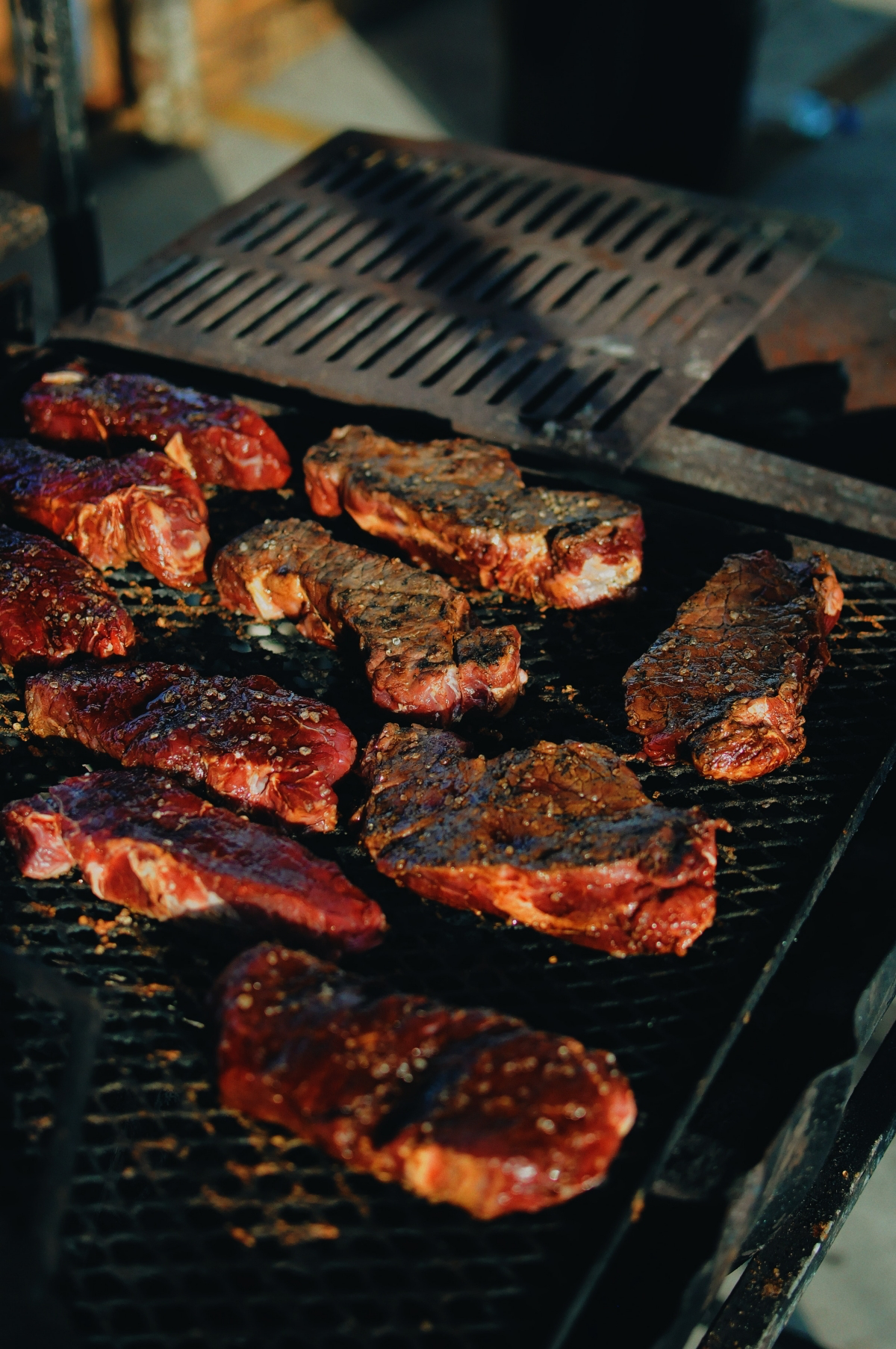
Do coffee grounds really stop slugs and snails?
Yes and no. The abrasive texture and residual caffeine can deter these pests, but its effectiveness is often overstated. For it to work, you need to create a thick, continuous, and completely dry ring around vulnerable plants like hostas or young lettuces. The problem? The first rainfall or heavy morning dew will wash it away, rendering it useless. For a more reliable and rain-resistant alternative that’s still eco-friendly, consider iron phosphate pellets, sold under brands like Sluggo or Ferramol, which are safe for wildlife and pets.
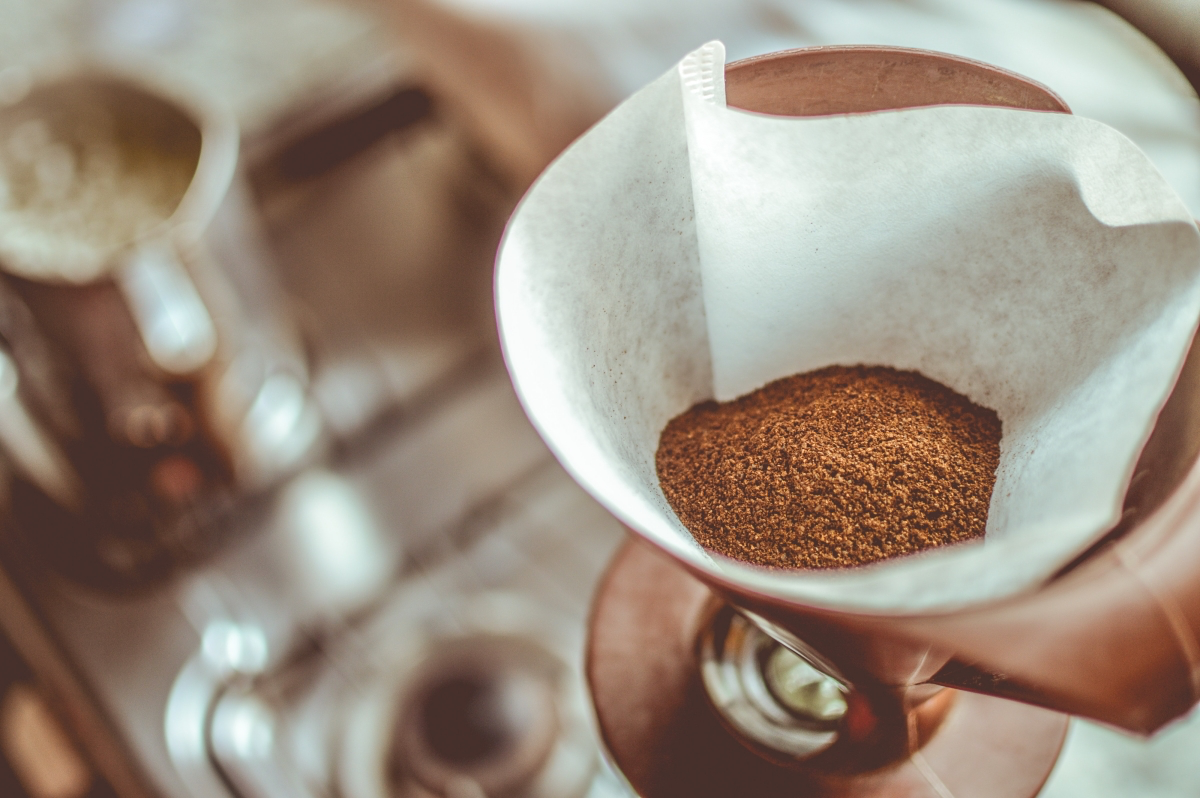
Globally, we produce over 6 million tonnes of spent coffee grounds every year, with most of it ending up in landfills.
By composting your grounds, you’re directly participating in a circular economy solution. To supercharge your compost, don’t just dump them in. Mix them with a ‘brown’ material first. For every bucket of wet grounds (a nitrogen source), mix in an equal amount of dry, shredded leaves or torn-up cardboard (a carbon source). This balanced C:N ratio prevents clumping and accelerates decomposition, turning waste into nutrient-rich humus for your garden faster.
For a Quick Boost: Create a ‘coffee tea’ liquid fertilizer. Steep one cup of used coffee grounds in a 2-gallon watering can filled with water for 24 hours. Use this nutrient-rich water to feed acid-loving plants like roses, azaleas, and blueberries.
For a Long-Term Feed: Work the grounds directly into the soil. Dig them in lightly around the base of established plants, about 4-6 inches deep, to provide a slow-release source of nitrogen throughout the season. This avoids creating a dense, water-repellent crust on the surface.










